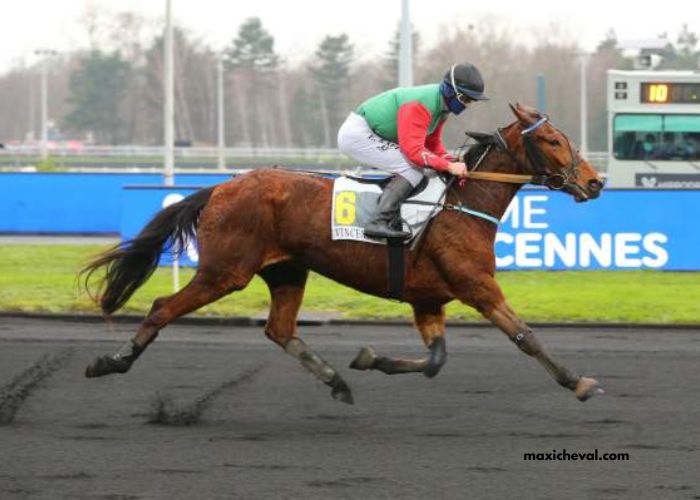Turf betting has long been a fascination for both seasoned punters and newcomers alike, offering a thrilling blend of strategy, analysis, and chance. Among the various strategies employed in turf betting, “Couple Du Jour” stands out as a nuanced approach that leverages careful selection and tactical betting. In this article, we delve deep into what “Couple Du Jour” entails, how it works, and why it’s a favored tactic among turf betting enthusiasts.
Understanding “Couple Du Jour”
The term “Couple Du Jour,” often referred to simply as “CDJ,” originates from French turf betting terminology. It translates to “Couple of the Day” in English, highlighting its daily applicability. At its core, CDJ involves selecting a pair of horses that bettors believe will perform well in their respective races on a given day. The objective is to correctly predict the finishing positions of both horses – typically, whether they will both finish in the top three, top two, or even win their races.
Strategic Considerations
- Race Selection: Choosing the right races to apply CDJ is crucial. Bettors often focus on races where they have a strong understanding of the form, jockey performances, track conditions, and other pertinent factors. This targeted approach enhances the likelihood of accurately predicting outcomes.
- Form Analysis: Assessing the recent form of horses is fundamental. This includes evaluating their past performances, track records, trainer statistics, and any recent changes that may impact their performance on race day.
- Pairing Horses: CDJ requires careful pairing of horses based on their individual strengths and the dynamics of the race. Some bettors prefer pairing horses from the same stable or with complementary running styles, while others look for horses that have consistently performed well together.
- Risk Management: Like any betting strategy, CDJ involves risk. Effective risk management includes setting a budget for bets, diversifying strategies, and not overcommitting to any single wager. This approach ensures longevity in turf betting and minimizes potential losses.
Benefits of “Couple Du Jour”
- Enhanced Odds: By combining two horses into one bet, CDJ often offers better odds than betting on each horse individually to win or place.
- Strategic Depth: CDJ encourages bettors to delve deeper into race analysis, fostering a deeper understanding of the sport and its variables.
- Daily Applicability: As a strategy centered on daily selections, CDJ keeps bettors engaged with regular opportunities to apply their skills and insights.
Tips for Effective Implementation
- Research and Analysis: Dedicate time to thorough research and analysis of each horse’s form, trainer patterns, jockey capabilities, and track conditions.
- Consistency: Stick to a consistent approach in selecting CDJ pairs based on predefined criteria rather than impulsive choices.
- Track Performance: Keep a record of CDJ bets and outcomes to track performance trends and adjust strategies accordingly.
Conclusion
“Couple Du Jour” represents a compelling strategy within turf betting, blending analytical rigor with the thrill of predicting race outcomes. By strategically pairing horses based on meticulous analysis and informed decisions, bettors can enhance their chances of success while enjoying the dynamic landscape of turf betting. Whether you’re a novice exploring new strategies or a seasoned punter refining your approach, CDJ offers a structured yet flexible method to engage with the excitement of horse racing betting.
Incorporating “Couple Du Jour” into your turf betting repertoire requires patience, persistence, and a commitment to continuous learning. As with any betting strategy, success hinges on a combination of skillful analysis, prudent risk management, and a passion for the sport. Embrace the challenge, refine your techniques, and savor the thrill of each race day as you navigate the world of “Couple Du Jour” in turf betting.




